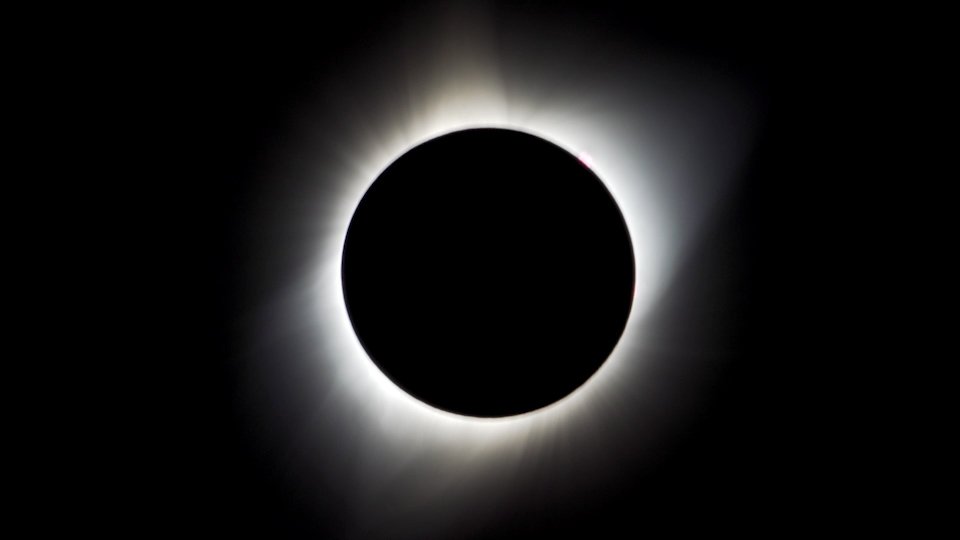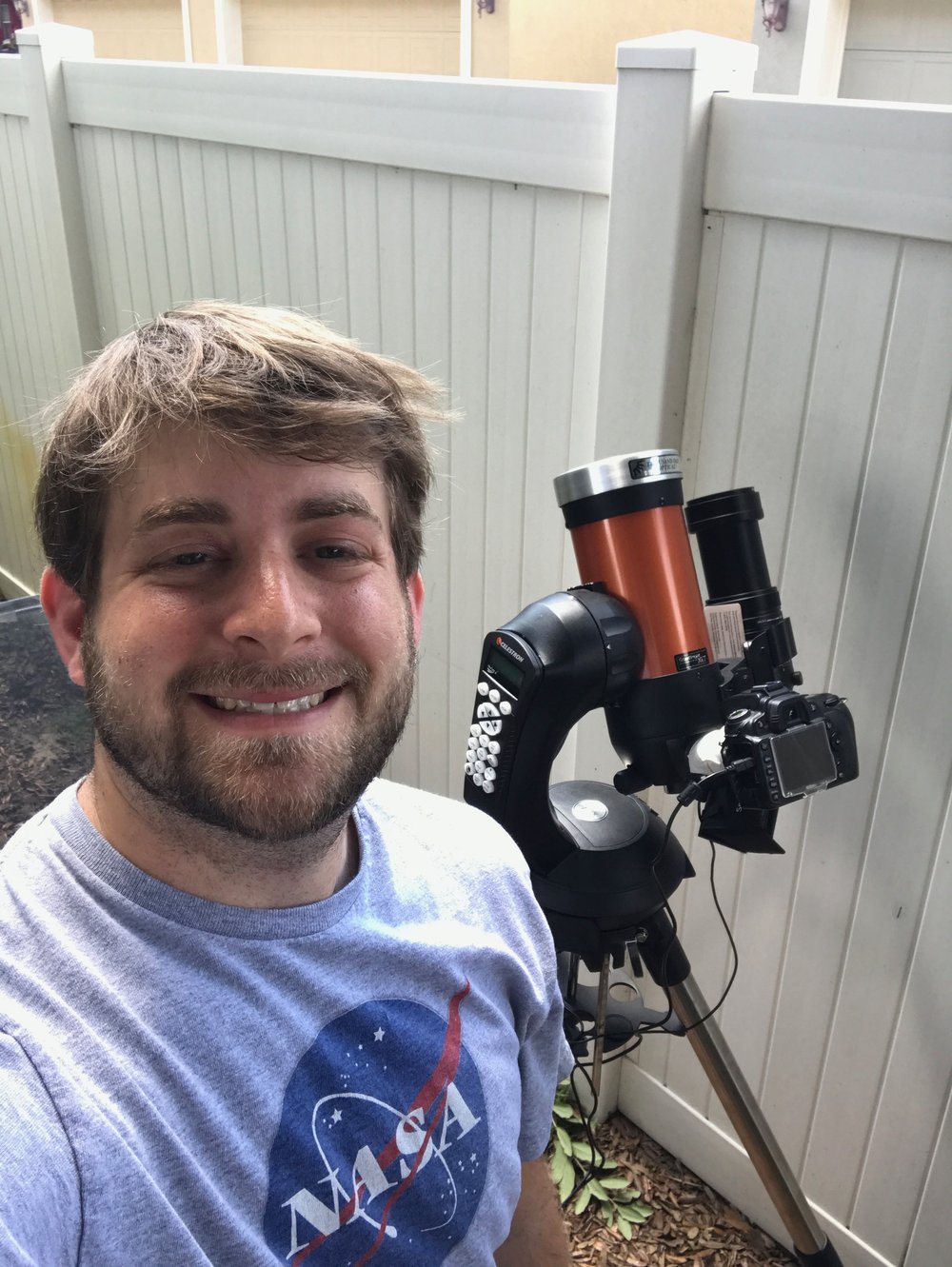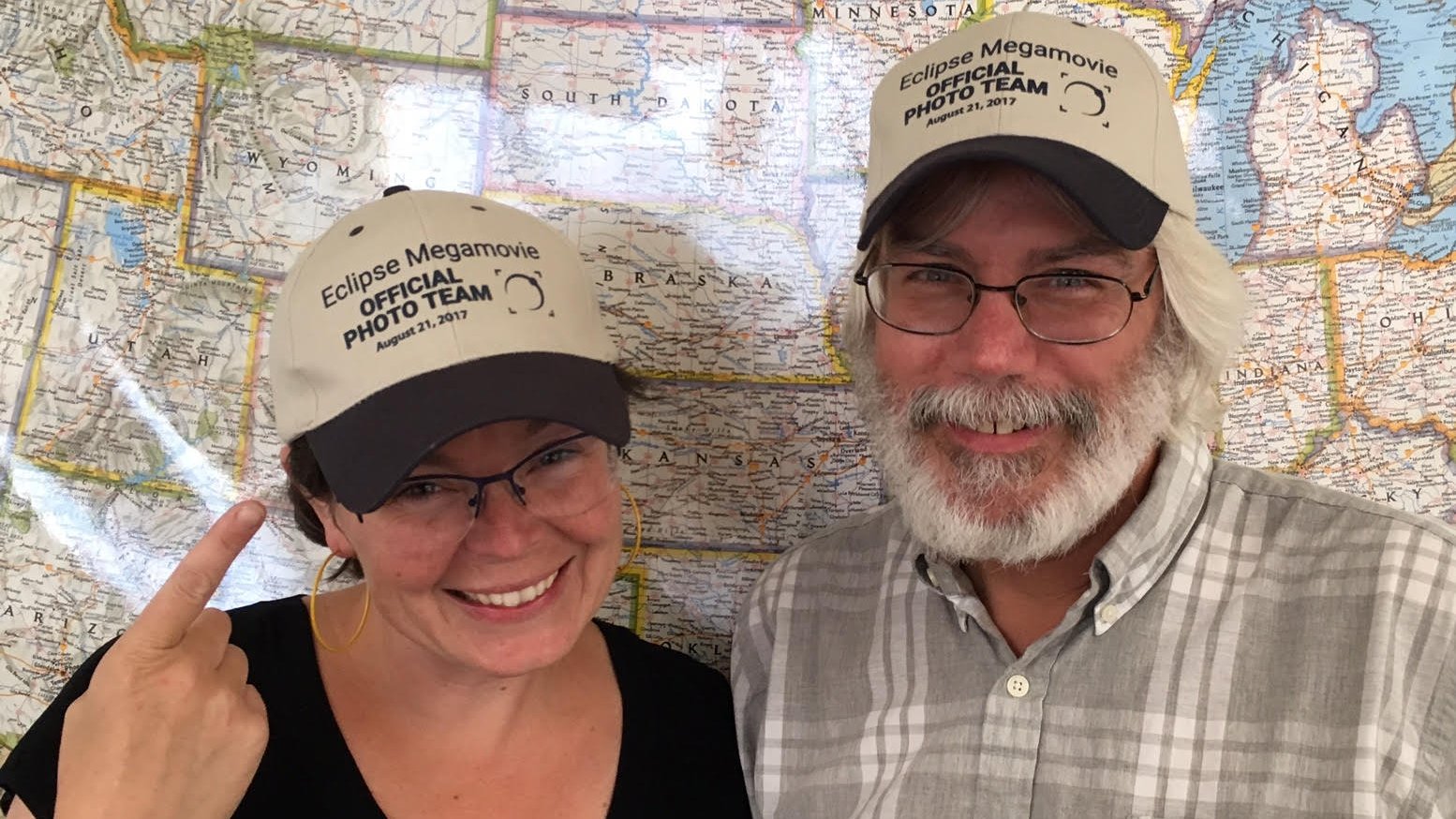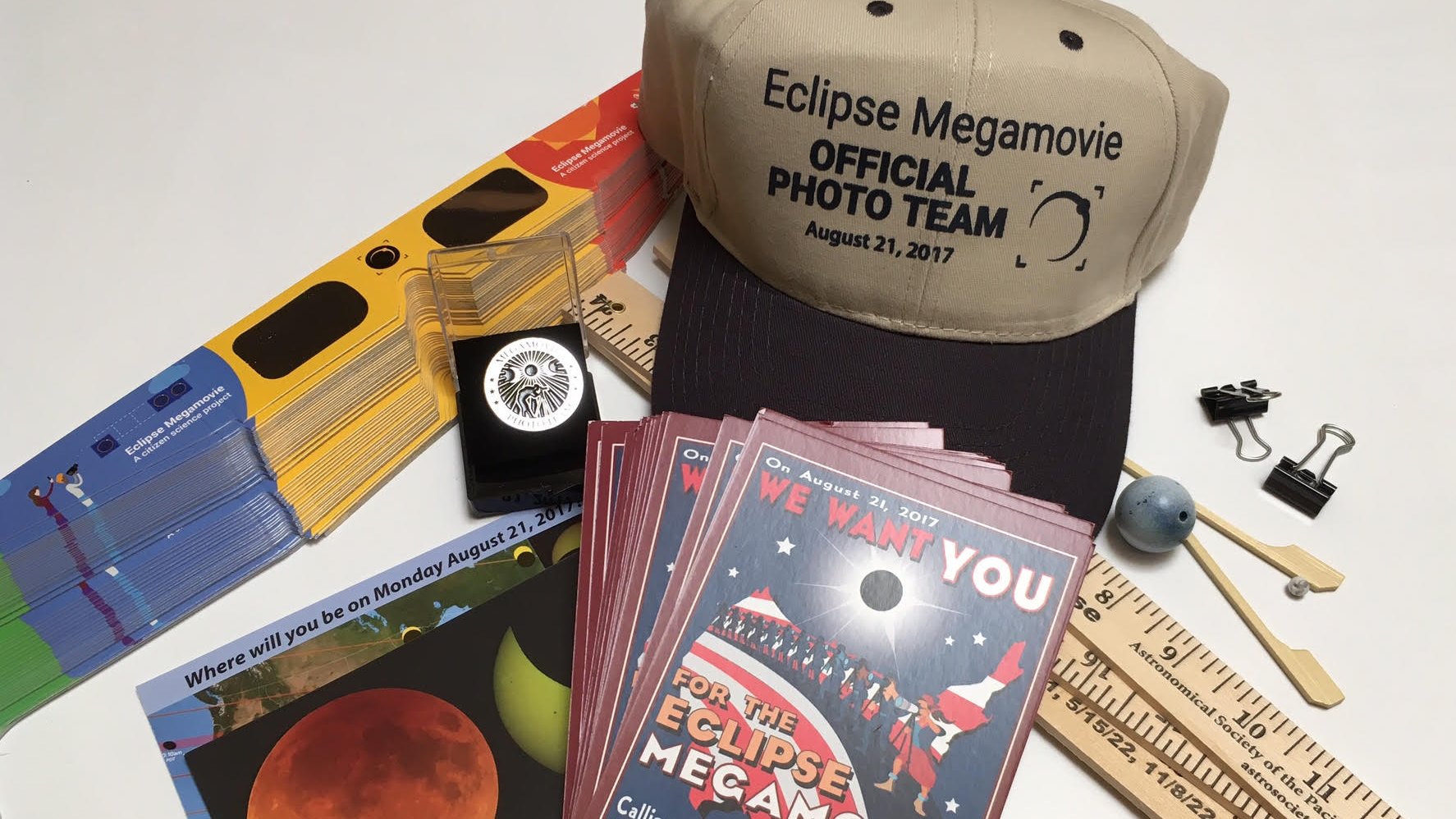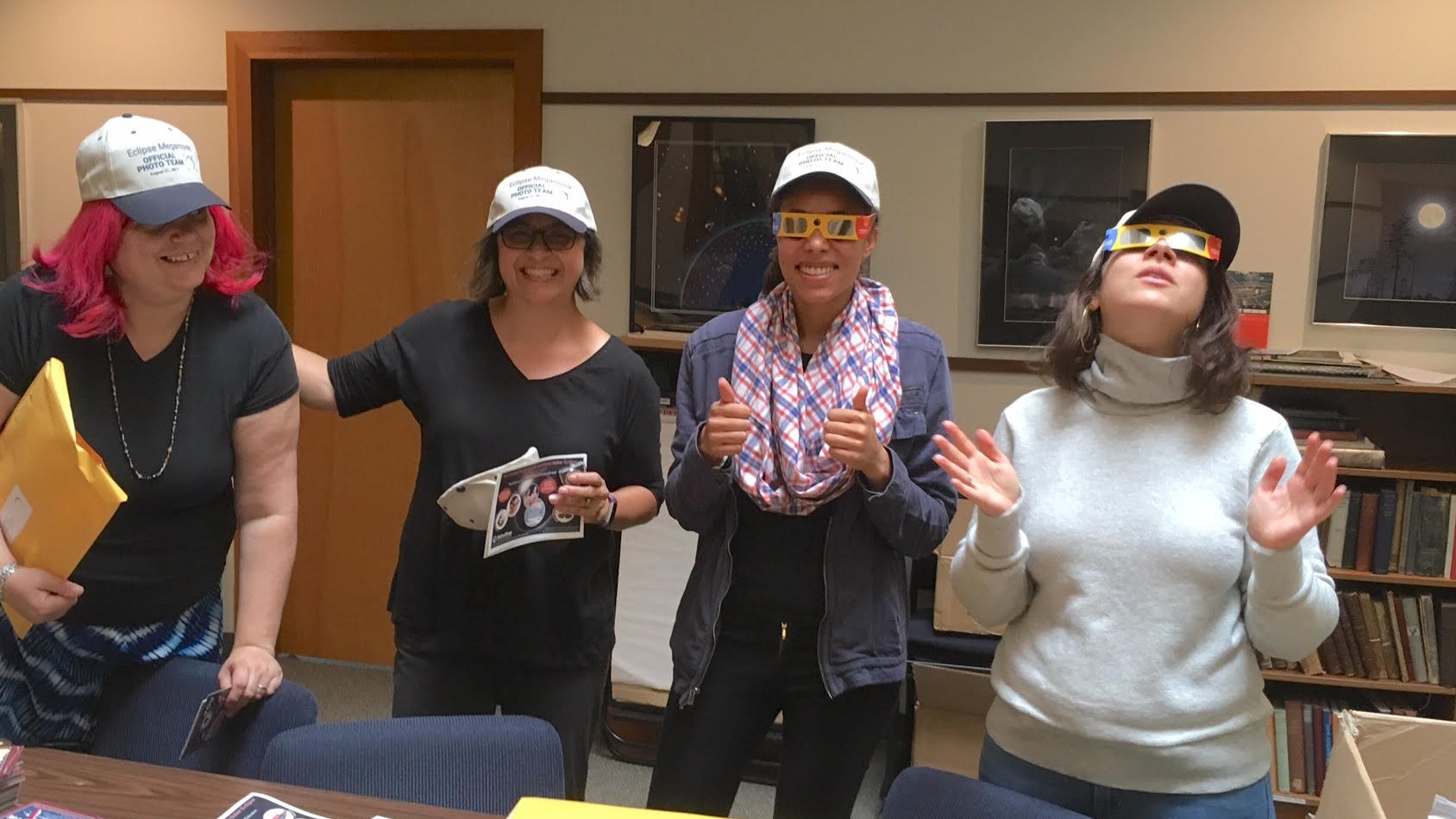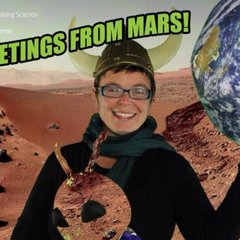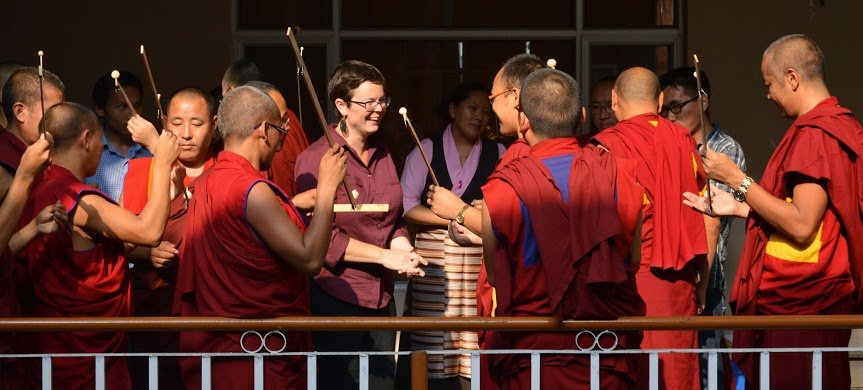Keyword team: How did you get into astronomy?
Vivian: I started out pursuing physics. I love figuring out the way things work. I went to college for the first time in my late twenties, and when I was almost to the end of my physics degree, I took an observing class and fell madly in love with astronomy.
And now you use that love of astronomy in your day job. Tell us more about that.
I’m the Director of Free Choice Learning (a title they let me make up!) at the Astronomical Society of the Pacific in San Francisco. I explore how we learn as adults when we’re not in school and work with amateur astronomers—anyone who with an interest in astronomy and a different day job. They are fascinated by everything they learn.
Mostly I run a network of 430 astronomy clubs, and create demonstrations and activities students can use at the telescope. I create toolkits for NASA’s Night Sky Network, a coalition of amateur astronomy clubs that brings NASA's mission to the general public, on any particular subject from black holes, to the solar system, to the sun.
In the astronomy world, how big of a deal is this solar eclipse? The Super Bowl of activities in space?
This has been on my my radar for more than two decades. I’m from Nashville, and the eclipse will go through there. When I was in high school, I wondered where I would be for the eclipse. This is all hands on deck. Almost every astronomer is on their way to the path.
Tell us about the Megamovie project. How did you get involved?
The ASP has been working with UC Berkeley for decades now, and we were part of the initial grant in 2016. We had a hard time getting funding—there was concern that we couldn’t get enough volunteers or couldn’t create the right algorithm to stitch all the photos together. Now, here we are with 1,500 volunteers (20-30 new volunteers a day).
As the Volunteer Wrangler (another title I made up!), I create and give webinars, write tutorials in collaboration with UC Berkeley scientists, answer dozens of questions every day from volunteers, and generally (cheer)lead the dedicated, enthusiastic group. It’s definitely a lot of work, and a lot of the scientists are doing this in their spare time. I'm not alone in looking forward to Aug 22!
